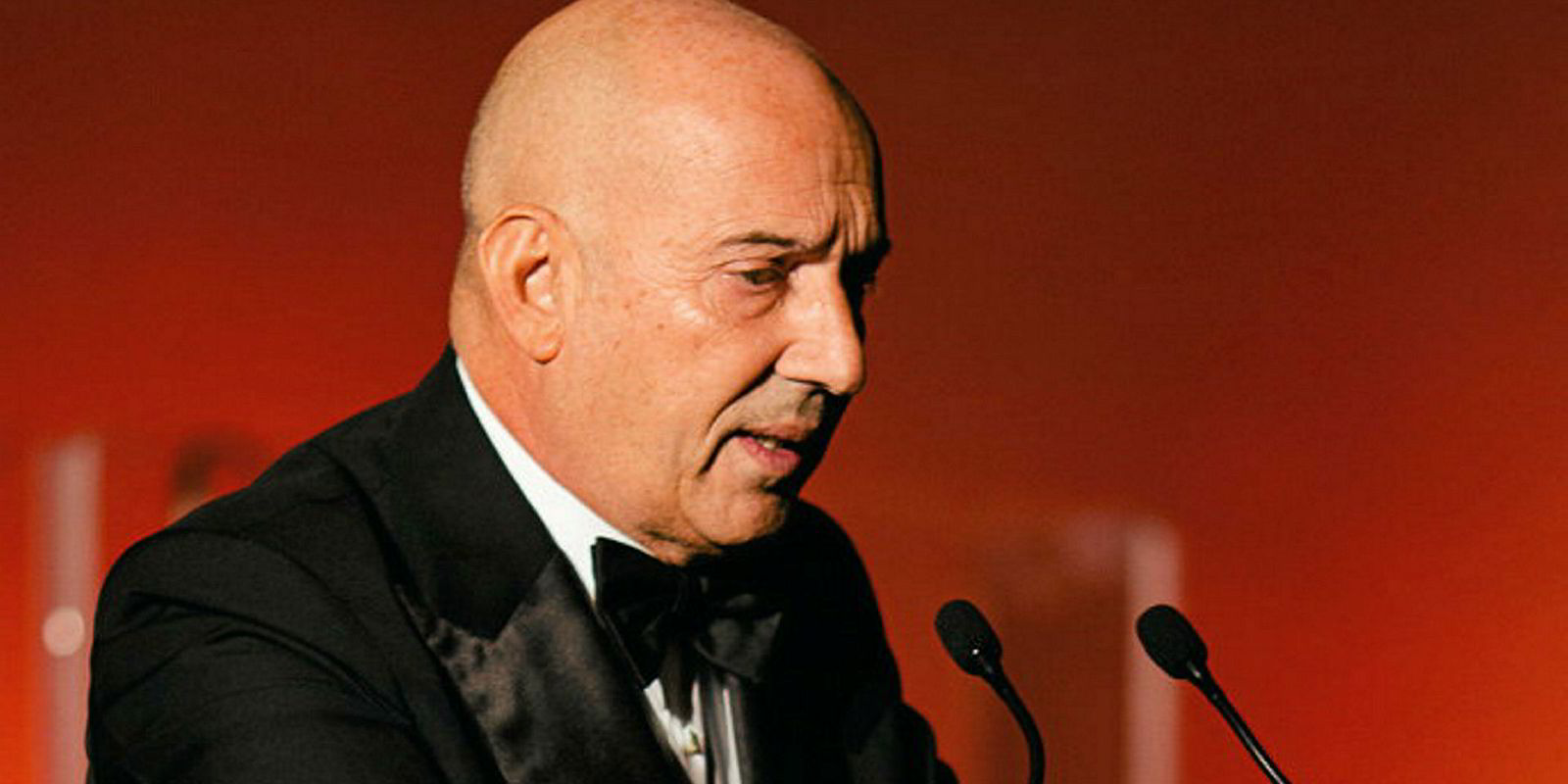Italy’s Grimaldi Group has labelled its €2bn ($2.34bn) investment in newbuildings, retrofits and lengthenings as “the price of survival”.
The eye-catching figure is what the Naples-based company has invested over the past four years in a series of ro-ro and ropax projects.
To date, €1.5bn has been set aside for the construction of 25 environmentally friendly newbuildings.
A further €300m has been dedicated to about 150 retrofits on its existing fleet.
The tally has grown thanks to a pending order for up to 10 hybrid ro-ro newbuildings and the lengthening of half-a-dozen ro-ro and ropax vessels.
Speaking at the 21st Euromed Convention at Santa Teresa di Gallura, in Sardinia, Italy, managing director Emanuele Grimaldi said he regards such investments as “a matter of economic survival”, to avoid the risk of being pushed out of the market by operational deficiency and higher operational costs.
Grimaldi is pushing ahead with a landmark project to develop a series of hybrid ro-ro vessels dubbed the "Grimaldi Green 5th Generation" vessels.
The project, for which a blueprint was unveiled in late 2016, has matured into a pending order for six ro-ros plus four options.
Bids from rival yards are expected to be decided in the coming weeks.
With space for 500 trailer units, the ro-ros will have double the capacity of Grimaldi's fourth-generation Euromed ferries. But with similar manning requirements and fuel needs, they will be twice as efficient when measured in consumption per tonne per kilometre.
Designed in conjunction with Denmark's Knud E Hansen, the first vessels are pencilled in for delivery at the beginning of 2020 and feature a list of innovative elements.
They will be equipped with an air lubrication system to create bubble layers beneath the hull, reducing friction and consumption.
Solar panels and electrical pumping systems will be added, while hull shape and propellers will be optimised.
The newbuildings are designed to produce zero emissions in ports due to onboard lithium batteries — the first time they will have been installed in this class of ship.
Scrubbers will reduce their sulphur emissions by more than 40 times and be ready to cope with all sulphur-limitation rules.
Grimaldi says financing the newbuilding project will not present a problem, and the company was able to obtain interest rates of 1.5% to 2%.
Around 40 ships in his fleet are debt-free, he adds, and a good part of the $2bn has been paid already.
There are other plans to upgrade Grimaldi's ro-ro and cruise ferry fleet. Its Finnlines subsidiary is lengthening four vessels, the 3,326-lane-metre Finntide, Finnwave, Finnsky and Finnsun (all built 2012), at Poland’s Remontowa shipyard at a cost of €70m.
It is also negotiating with Italian shipbuilder Fincantieri on a €60m project to lengthen two ropax cruise vessels, the 54,300-gt Cruise Roma and Cruise Barcelona (both built 2008).
An additional 500 seats and 50 cabins will raise passenger capacity from 3,000 to 3,500 each, while the garages will accommodate 50 more trailers and 50 more cars.
The Fincantieri order is expected to be finalised this month, with delivery in the first half of 2019.
Although costly, the investments are paying off in terms of lower emissions.
The three classes of Grimaldi newbuildings under development — its fourth-generation Atlantic Container Line ro-ros, the Euromed car carriers and its shortsea ropax vessels — consume 50% less fuel per tonne per kilometre transported than their predecessors.
Grimaldi expects the decarbonisation trend to continue, no matter how cheap the oil becomes, and for batteries to replace fuel engines. “This is where we all are going,” he said.




